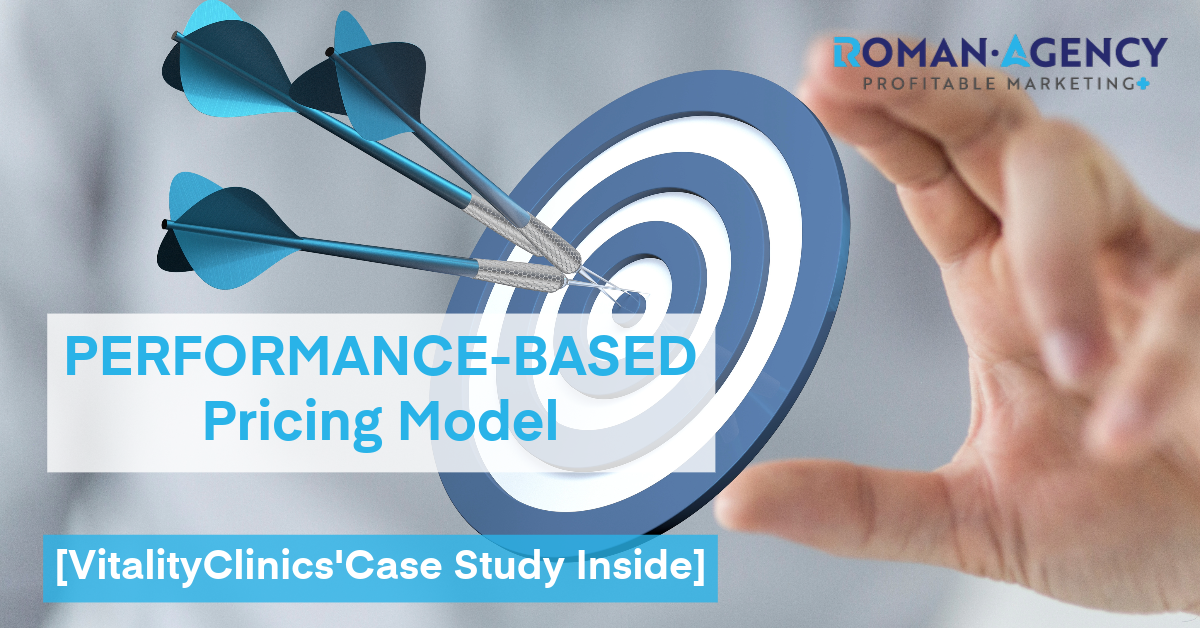The performance-based pricing model is the most suitable option in the current age of measurable outcomes in digital marketing. Linking agency compensation to specific results increases accountability, transferring more risk to the agency.
Keep reading further to explore the pros and cons of performance-based contracting. Later, we will discover how this result-driven pricing package can impact digital marketing.

Performance-based pricing is ideal for industries with clear and measurable outcomes, such as lead generation, sales, or app installs. It can be a very effective model when a strong level of trust is established between the agency and the client.
Performance-based marketing can be ineffective in certain situations. For example, when success metrics are unclear or difficult to attribute to the agency’s work or when the agency lacks transparency and cannot provide insights on the results achieved after providing the KPIs.
VitalityClinics, a nationwide network of Erectile Dysfunction treatment centers, aimed to expand their patient list.
Roman Agency has developed a comprehensive paid ads campaign to attract target audiences for VitalityClinics. Their expertise ensures that the $100,000 ad budget is used efficiently, generating substantial leads.
By year’s end, 1,200 leads converted into actual patients, resulting in $2.4 million in revenue for VitalityClinics. From this, Roman Agency earns a commission of $360,000 (1,200 patients x $300). Considering their initial investment of $50,000 for the ads, their net profit from the campaign stands at $310,000.
The performance-based pricing model combined with shared ad investment proves mutually beneficial, with both parties witnessing tangible gains from the campaign’s success.
The VitalityClinics campaign highlights the benefits of performance-based pricing in medical marketing. It’s a story not just of shared risks but of collective rewards. This model showcases the synergies of aligned objectives, expertise, and trust.
If you’re interested in learning more about how performance-based pricing can boost your digital marketing efforts, let’s talk!
